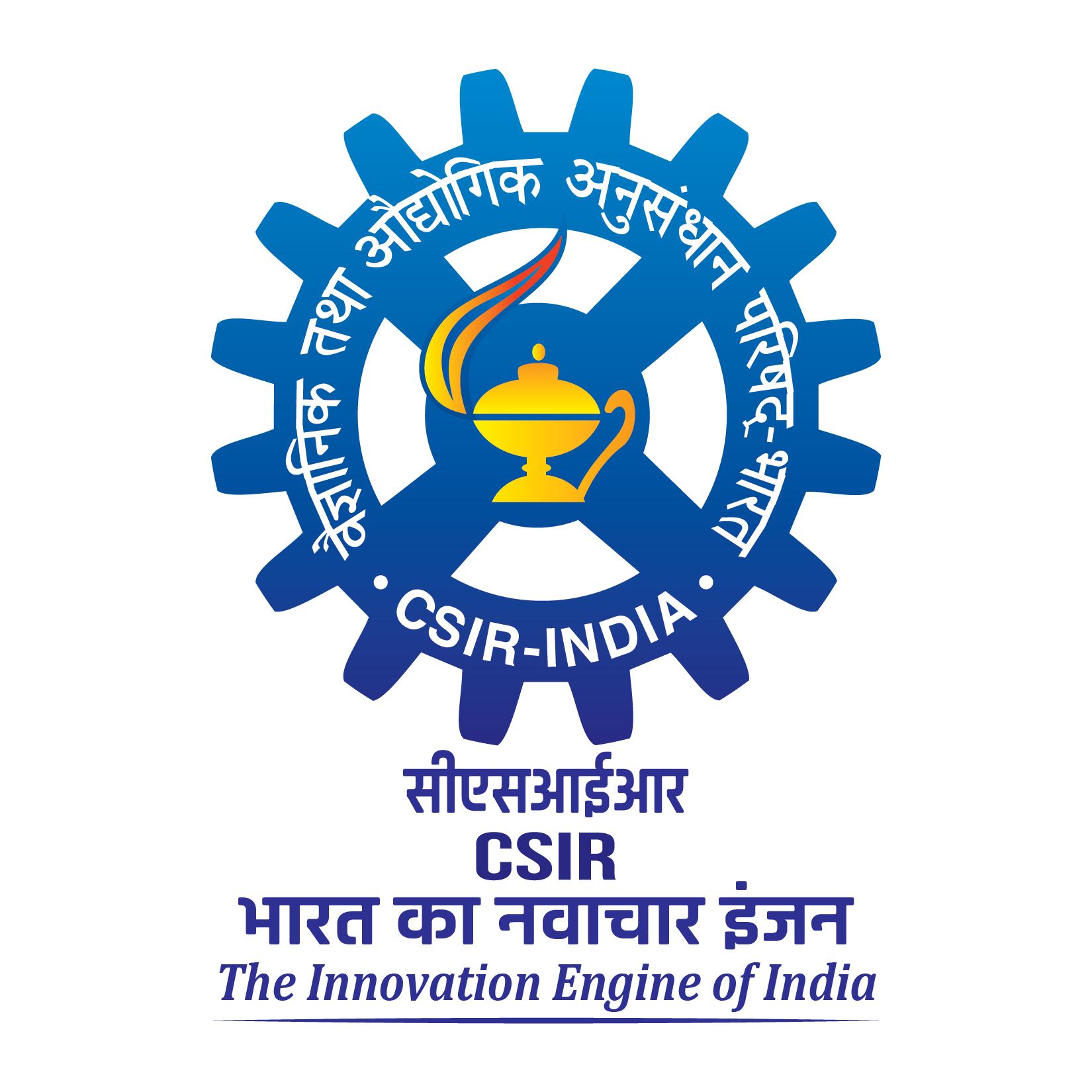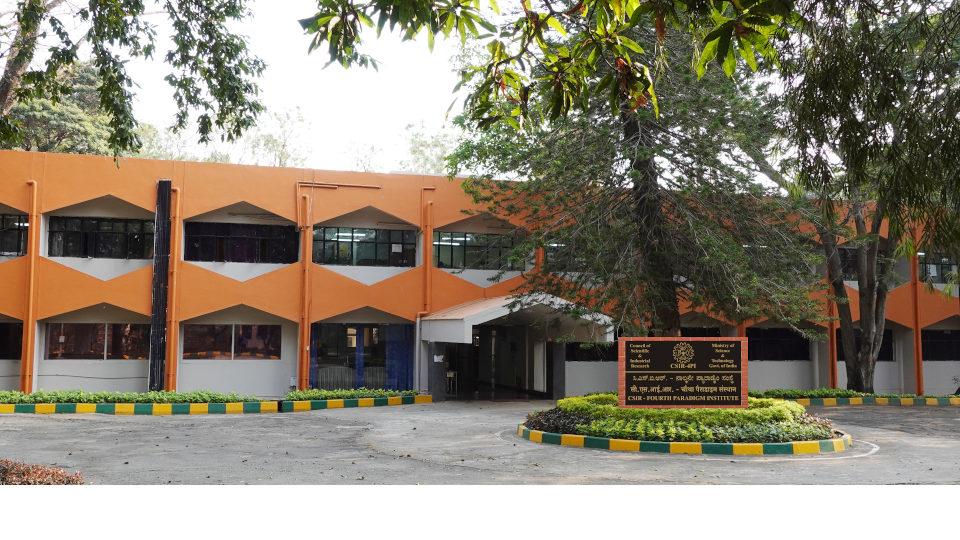Climate variability and warming in Coastal Odisha: assessing interannual temperature trends and impacts
by Bishnupada Sethi, Sarat Chandra Sahu, Krushna Chandra Gouda, Roshan Beuria, Manas Kumar Mallick, Satish Kumar Samal, Amrutanshu Panigrahi & Abhilash Pati
Coastal Odisha, strategically positioned between the Bay of Bengal and a vast inland landmass, is highly susceptible to climate change and variability impacts. This study comprehensively examines interannual temperature variability and its relationship with mean seasonal temperature using 54 years of homogenised surface meteorological data (1969–2022) from seven WMO-standard meteorological stations. To assess inter-annual variability in association with mean seasonal temperature and precipitation, a difference of standard deviations (SD) of two periods (e.g. 1969–1996 and 1995–2022) along with the relation between running 28-year values of SD and means of seasonal temperature for the period from 1969 to 2022, F-ratio test along with slope and correlation values have been conducted. By comparing two distinct periods (1969–1996 and 1995–2022), the analysis reveals significant climatic shifts, including rising mean temperatures and increased interannual variability at most stations, but some of the stations show an increase in mean temperature with decreased or fluctuating variability. These trends are linked to a heightened frequency of extreme weather events, cascading impacts on agriculture, water resources, health, and infrastructure. Notably, the findings identify localised patterns where warming is accompanied by increased or reduced variability, offering nuanced insights into the region’s complex dynamics. Explicitly noted the limitations of prior studies (e.g. low station density, short temporal scales, lack of focus on interannual variability),this study contributes novel insights to climate research in Odisha by employing long-term, high-resolution station-level data and advanced homogenisation techniques. The relationship between temperature and interannual variability is unique and the inverse relationship between the mean temperature and the variance of temperature is disrupted at most of the stations in coastal Odisha. Its findings hold critical implications for future research as a foundation for regional climate modelling, extreme event prediction, and studying climate variability’s socio-economic impacts. Actionable recommendations, including targeted disaster risk reduction measures, adaptive agricultural practices, and resilient infrastructure planning, underscore policy relevance. By addressing gaps in regional climate knowledge, this work provides a roadmap for integrating localised climate insights into state-level and national climate adaptation frameworks, ensuring preparedness for the evolving climate challenges in coastal Odisha.

































